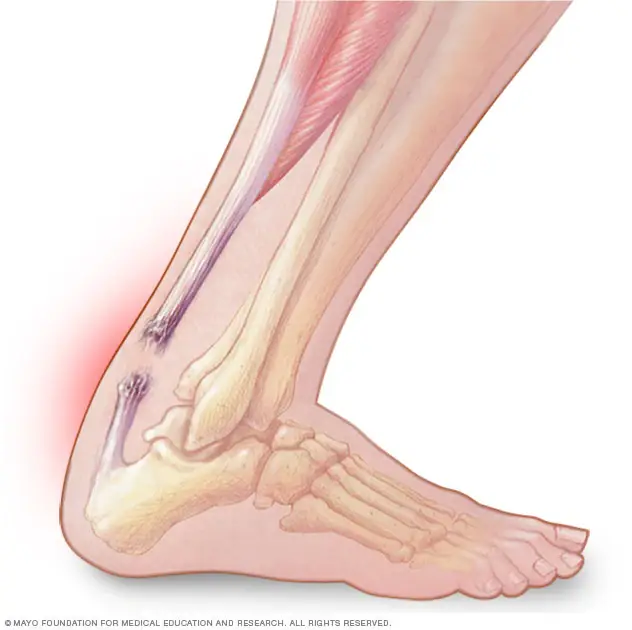
An Achilles injury is one of the most severe in terms of its magnitude. During the past NBA season, notable players such as Tyrese Haliburton, Jayson Tatum, Dejounte Murray, and Damian Lillard all suffered Achilles tendon injuries and are expected to sit out the entirety of this upcoming NBA season. This injury is detrimental to Lillard's career, as he is nearing the end of his career, and it can seriously compromise his explosiveness and durability, potentially hindering his ability to continue playing. Haliburton and Tatum are both coming off spectacular seasons and have proved to be top stars in the league. This injury can reduce their range of motion and explosiveness, making it difficult for them to play at the level they are accustomed to. It is not impossible to return to the same level of play as we have seen players like Kevin Durant and Kobe Bryant rupture their Achilles tendons and play the same caliber of basketball as before, but players such as Klay Thompson and DeMarcus Cousins have had Achilles tendon injuries and have seen a huge decline in their play.
What is the Achilles? The Achilles tendon is a thick, strong band of fibrous tissue that is located at the back of the lower leg. It connects the calf muscles (gastrocnemius and soleus) to the heel bone (calcaneus). It functions as the primary connector to transmit force from the calf muscles to the foot, allowing you to push off the ground when walking, running, or jumping. In sports, it is essential for explosive movements. For example, jumping for rebounds, sprinting down the court, sudden direction changes, and powerful take-offs. In the NBA, an Achilles injury can significantly impact agility and vertical jump. It also affects everyday life, as simple tasks such as walking, standing on tiptoes, and even going up and down the stairs can be excruciatingly painful.
There are three types of Achilles injuries that can occur. Tendonitis is the first, which is inflammation of the tendon, and you will still have the ability to flex your tendon, but with severe pain. Then you have your partial tear, where there is a slight tear in the tendon that will cause an immense amount of pain and might need surgery depending on the case. If the tear is small, then it can heal over time without surgery. However, if the partial tear is large or if the person is an athlete, then surgery would be the best option. The last injury is a full tear where you have zero range of motion from your calf muscle all the way down to your heel, and surgery is required to reattach the tendon. For all these injuries, you will typically feel a sharp pain in the back of the ankle and the inability to push off the injured foot. For people who fully tear their Achilles, a popping sound can be heard, and it is also visible in videos of the injury.
Recovery for an Achilles injury requires a lot of patience. After surgery or following the injury, early immobilization and gradual weight-bearing on the leg are vital. If too much weight is put on the affected leg too early, the risk of the Achilles tendon re-tearing is quite high. Physical Therapy is highly recommended and will focus on gradually increasing the strength and flexibility of your Achilles tendon with various exercises. Most cases have a timeline of 9-12 months to fully return to play or to recover to normal.